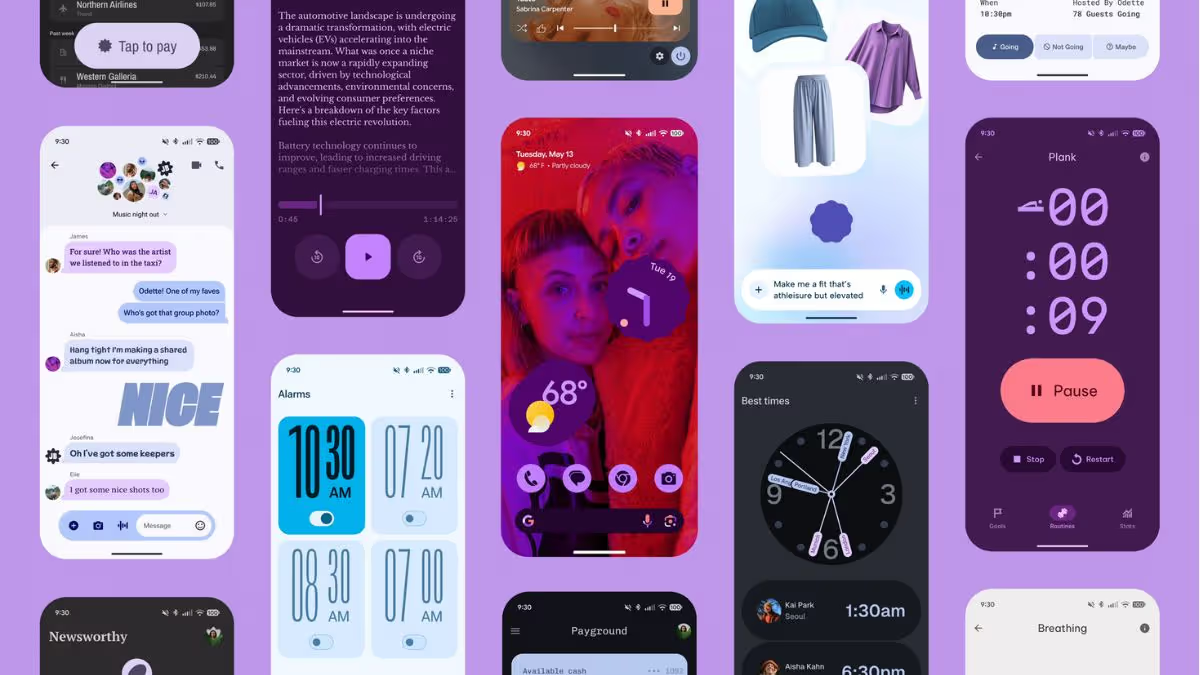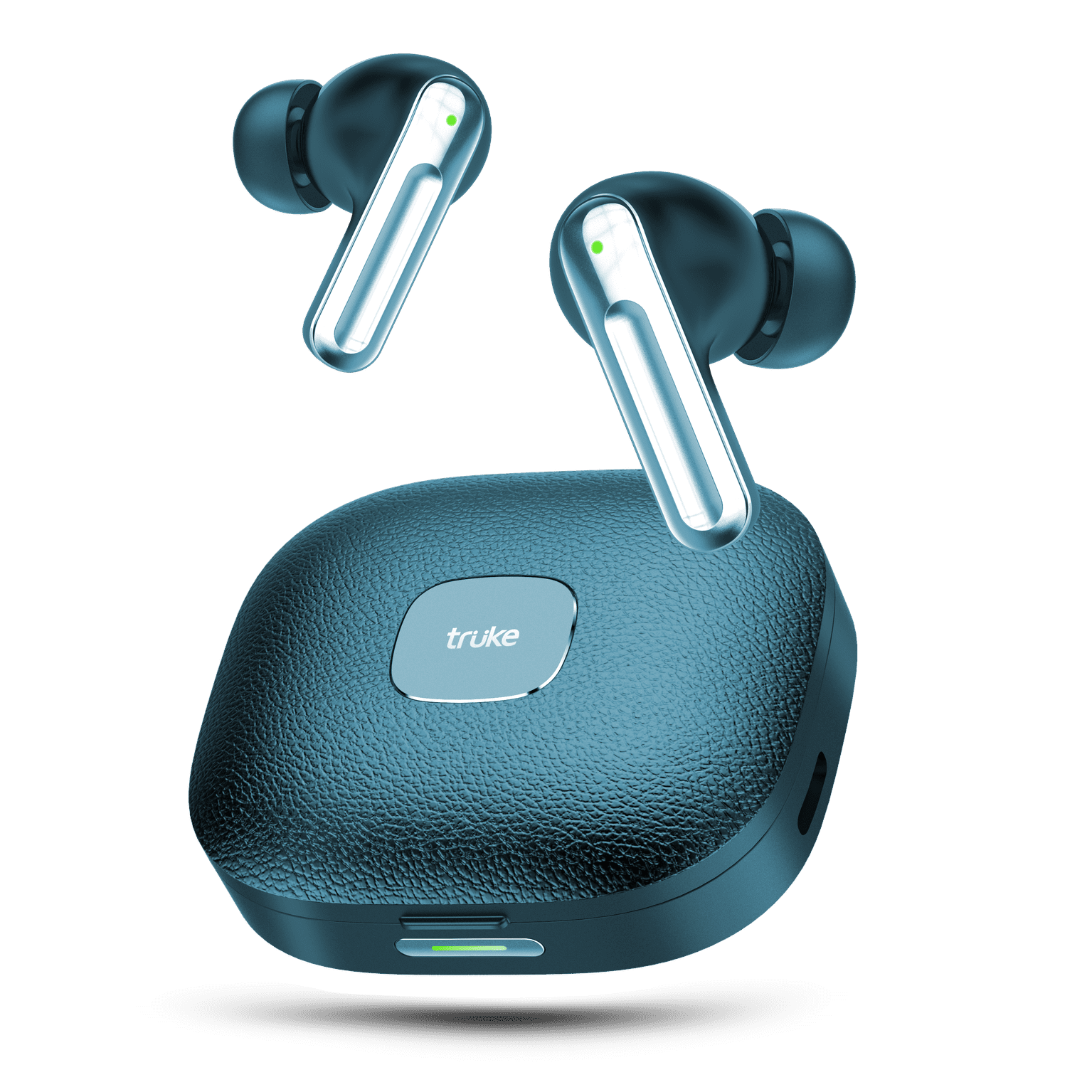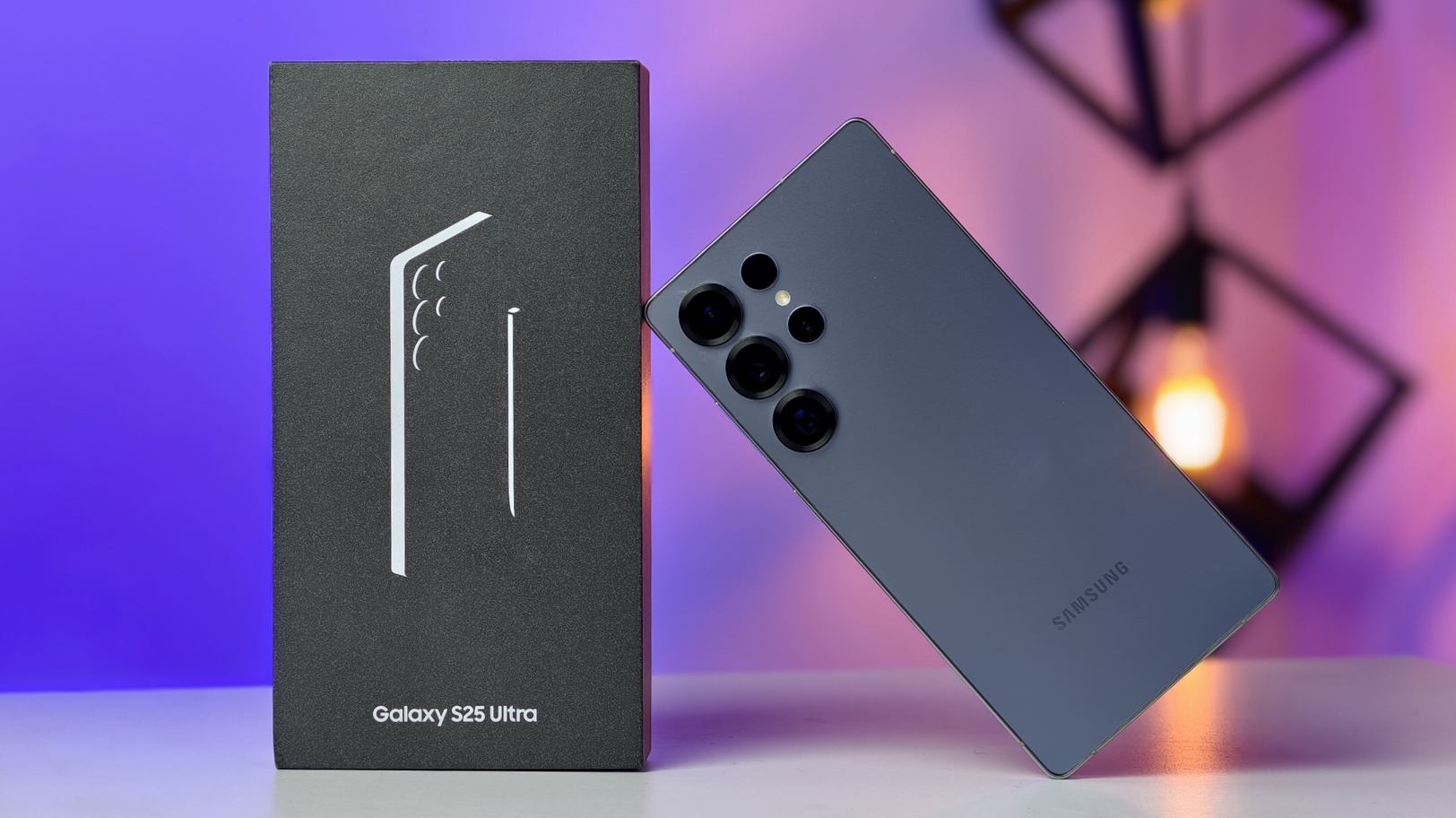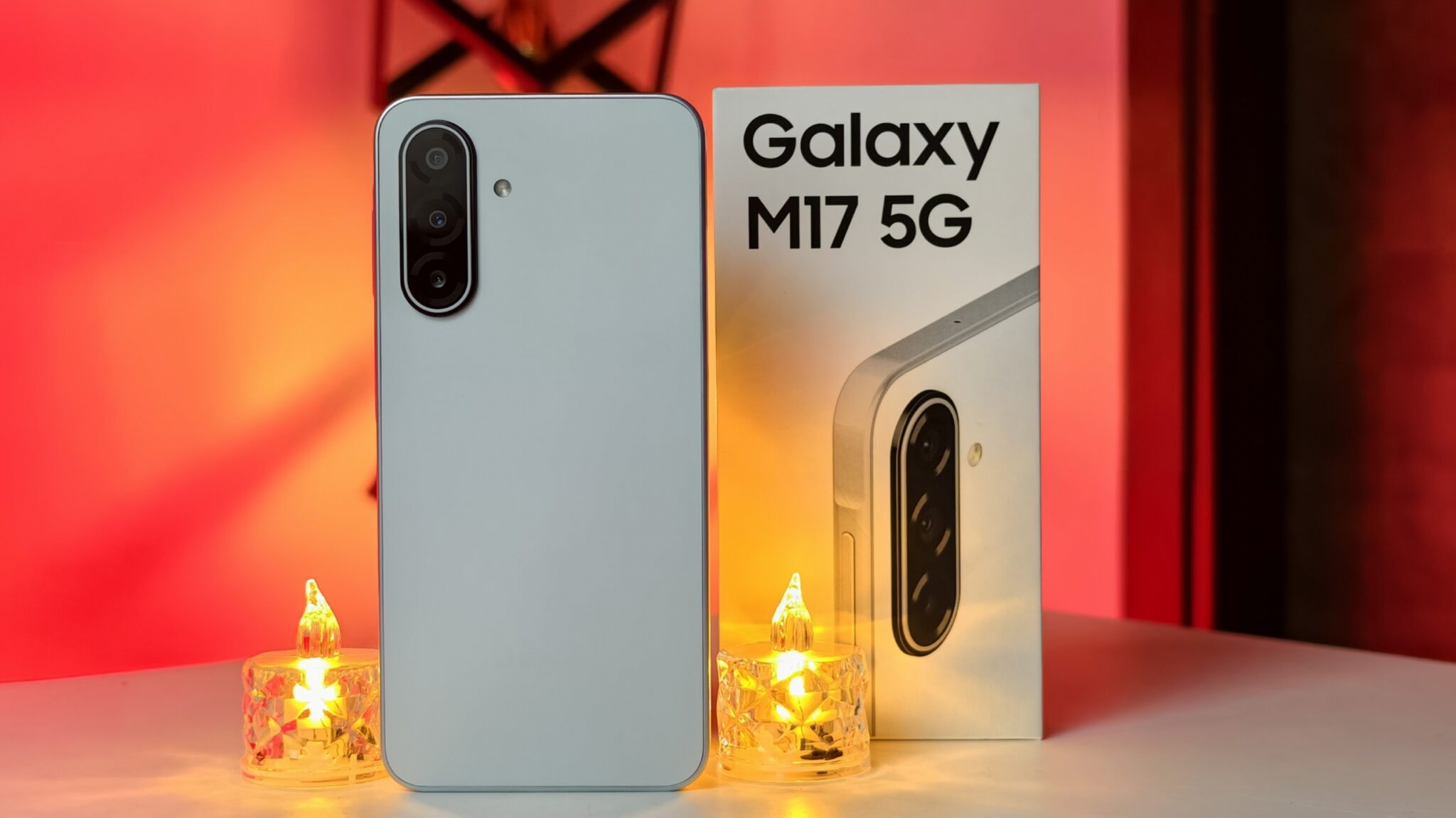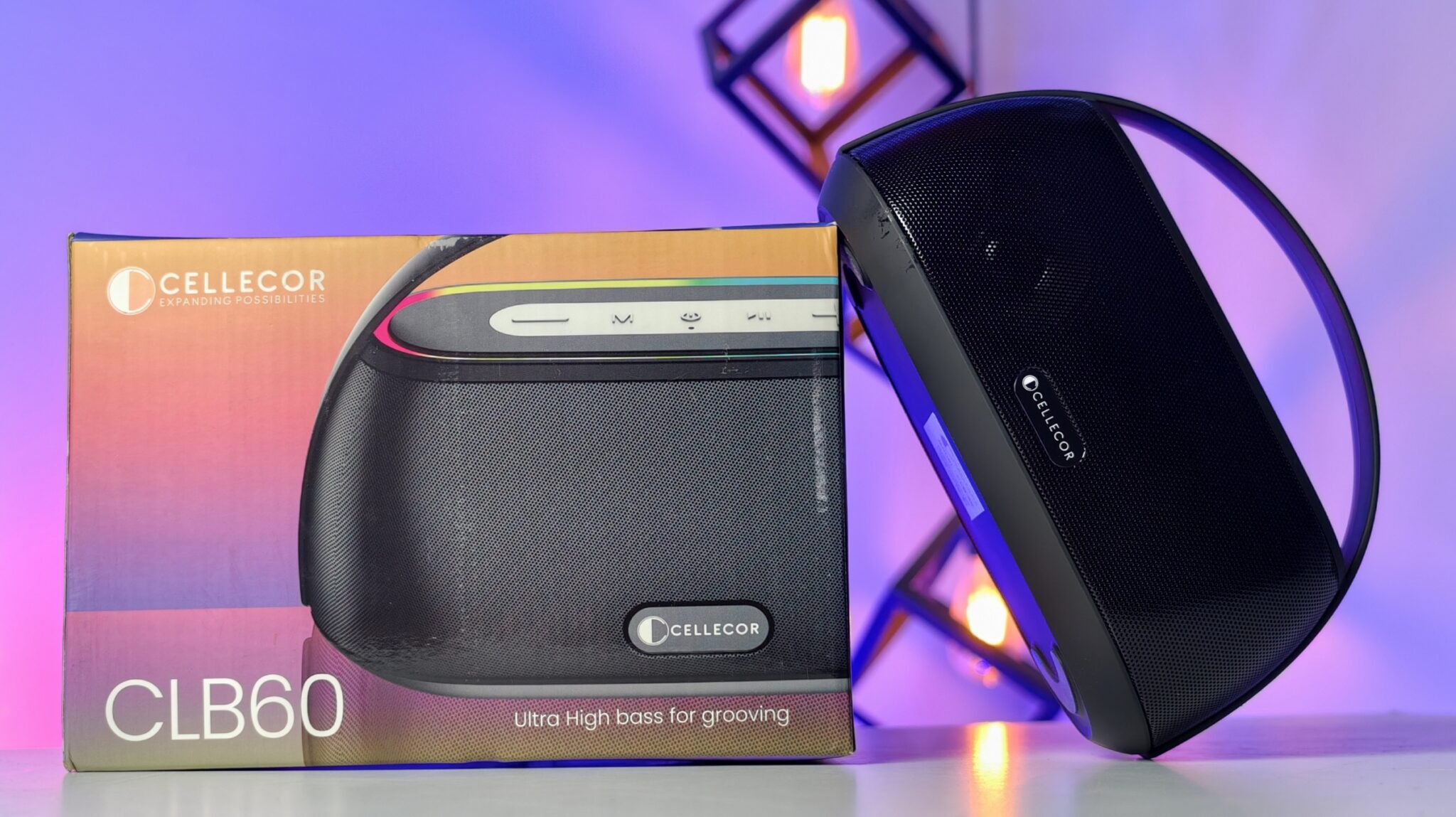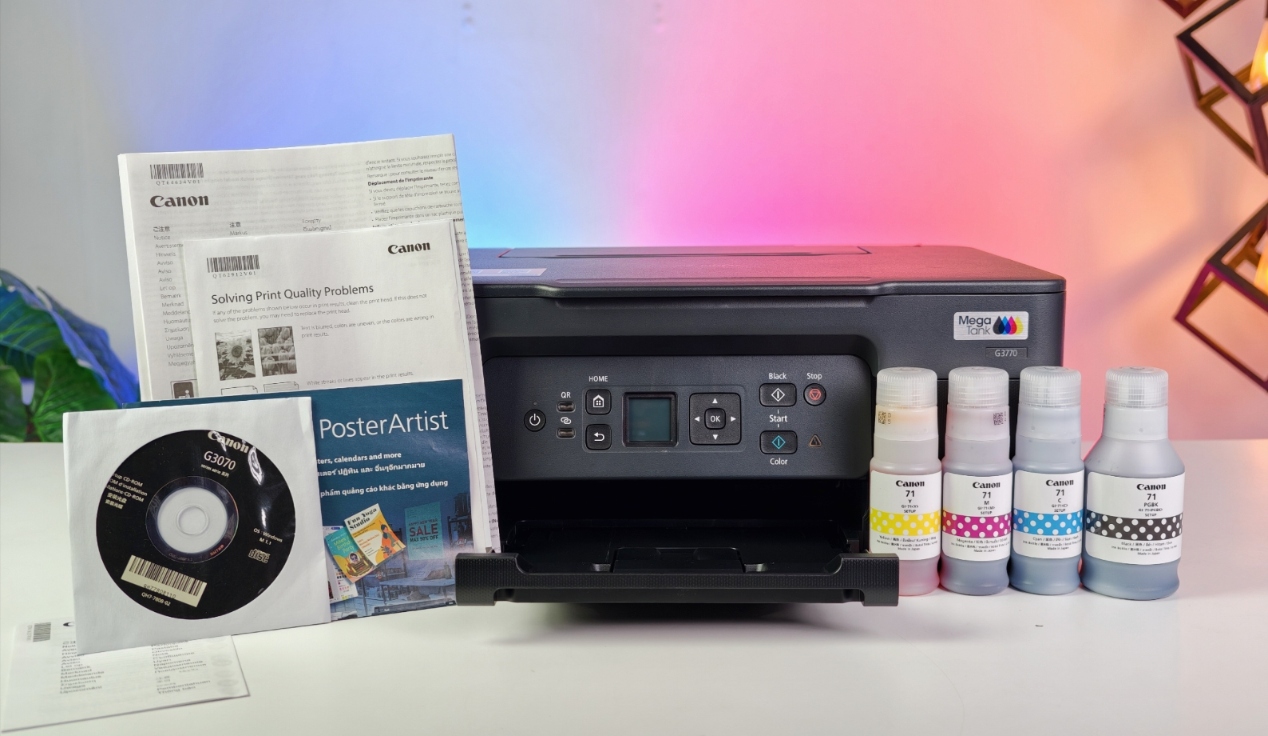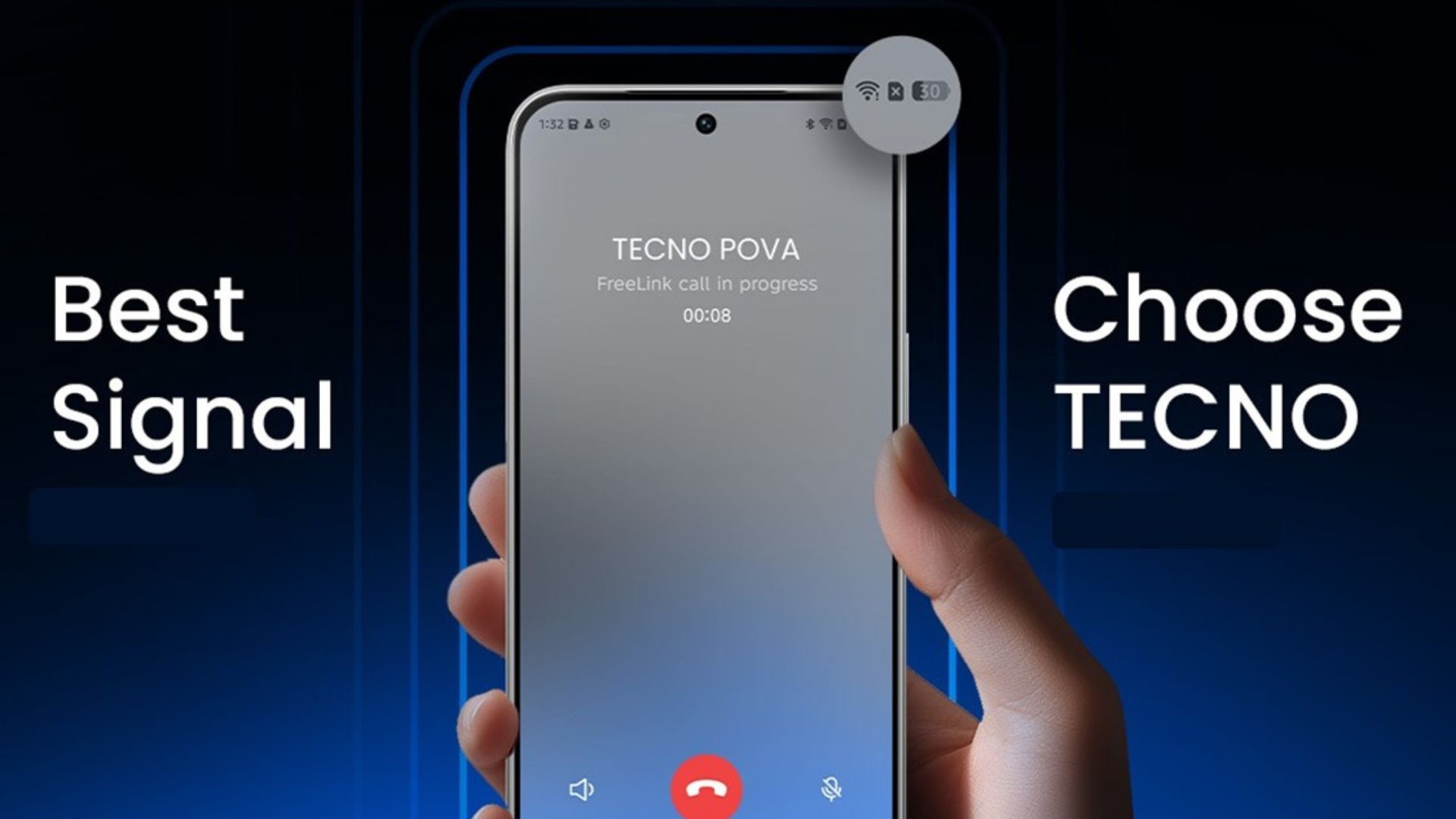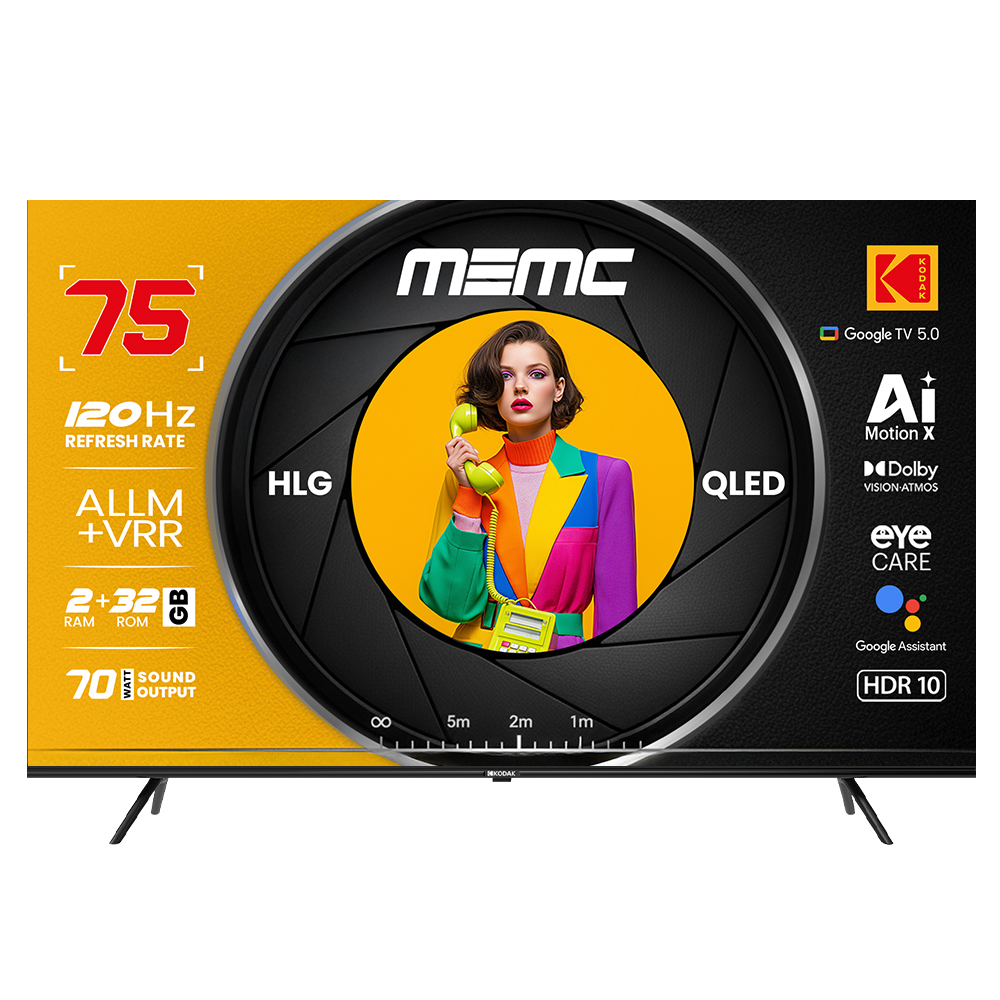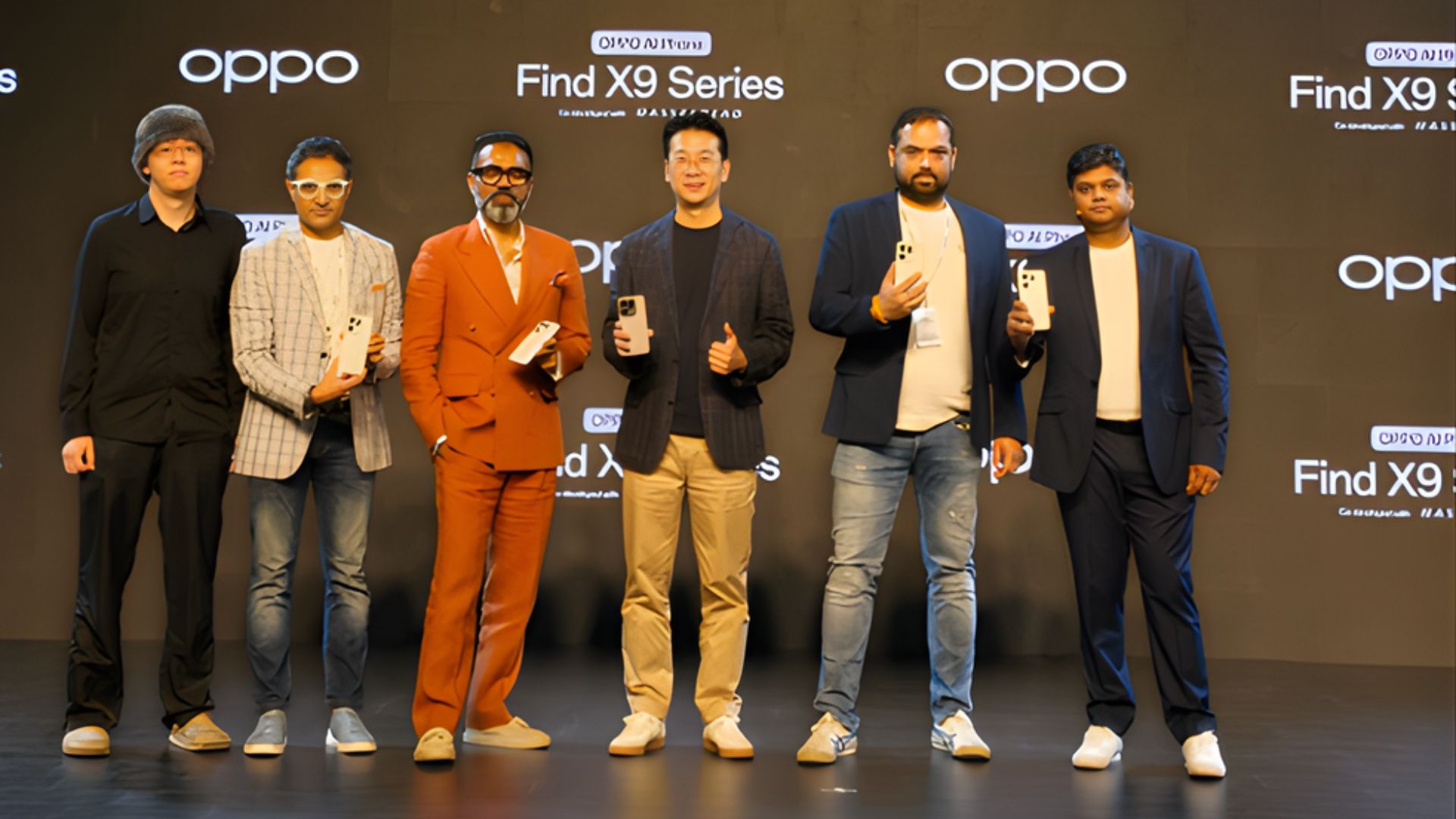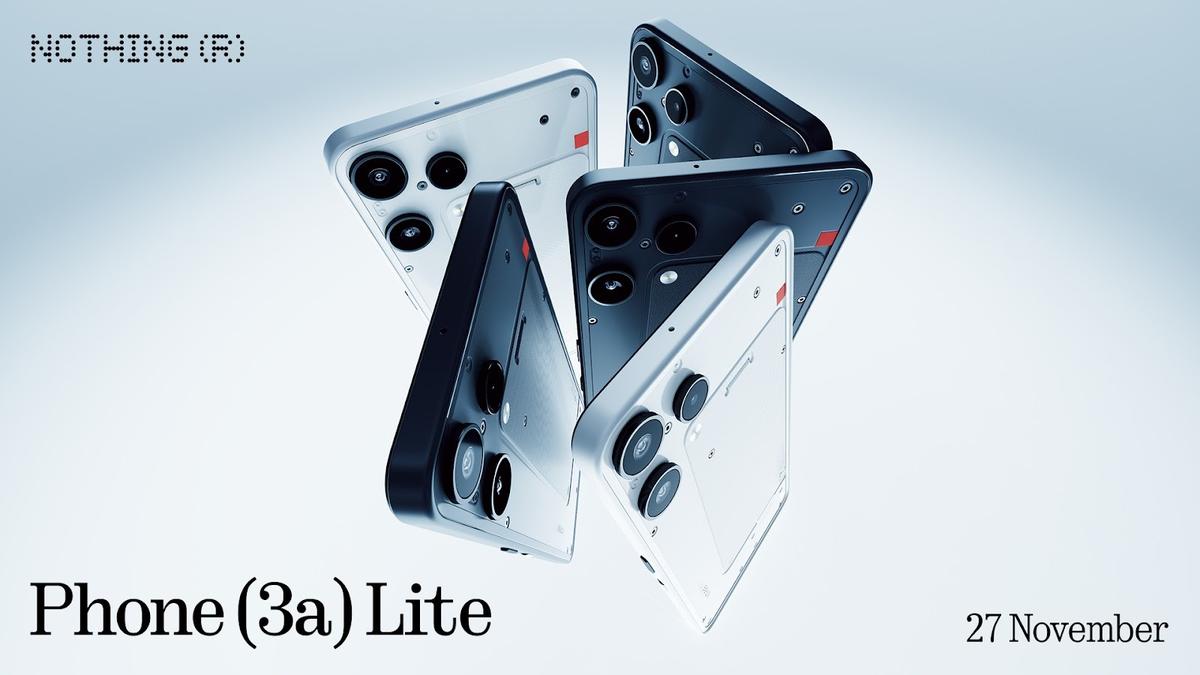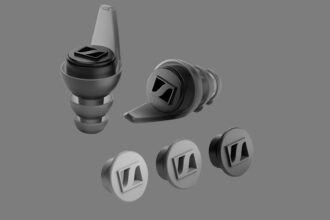Google has officially unveiled Android 16 and Wear OS 6, introducing the Material 3 Expressive design language aimed at enhancing personalization and functionality across devices.
Android 16: Material 3 Expressive and Enhanced Features
Android 16 introduces Material 3 Expressive, building upon the Material You concept from Android 12. This design emphasizes vibrant colors, dynamic animations, and customizable interface elements, catering to users seeking a more personalized experience. The design includes springy animations and haptic feedback to make interactions more engaging.
A significant addition is the “Live Updates” feature, displaying time-sensitive alerts from apps like food delivery and navigation directly on the lock screen, always-on display, and notification shade. This mirrors Apple’s Live Activities, aiming to keep users informed without unlocking their devices.
Quick settings have been revamped, allowing users to resize and rearrange tiles for easier access to frequently used functions. Developers can now experiment with new icon shapes, typography, and color ranges to enhance user interaction.
Android 16 also introduces a Linux Terminal feature, enabling users to run GNU applications within a virtual machine on their devices. This utilizes the Android Virtualization Framework to create a Debian-based environment, offering greater flexibility for developers and power users.
Additional features include an embedded photo picker supporting cloud-based media services, improved Health Connect functionality for managing medical data, and enhanced privacy measures through the Privacy Sandbox.
Wear OS 6: Integration and Performance Improvements
Wear OS 6 brings the Material 3 Expressive design to smartwatches, focusing on circular display compatibility and updated visuals. Notifications are more glanceable, and tappable areas have been improved for better user interaction.
A notable change is the integration of Google Gemini, a generative AI assistant set to replace Google Assistant. Gemini offers more natural voice interactions and can interface with apps like Gmail, enhancing functions such as managing reservations and summarizing information. It can be accessed via voice command, app launcher, or button shortcuts, though it requires an internet connection, with offline functions being considered for the future.
Performance improvements include a modest ~10% boost in battery life, although user experience may vary. The release aligns Wear OS 6 with Android 16, sharing the same code base to ensure a consistent ecosystem experience across devices.
Availability
Android 16 and Wear OS 6 are expected to roll out to Pixel devices first in June 2025, with broader availability to follow. The updates aim to provide a more cohesive and personalized experience across Google’s ecosystem of devices.


